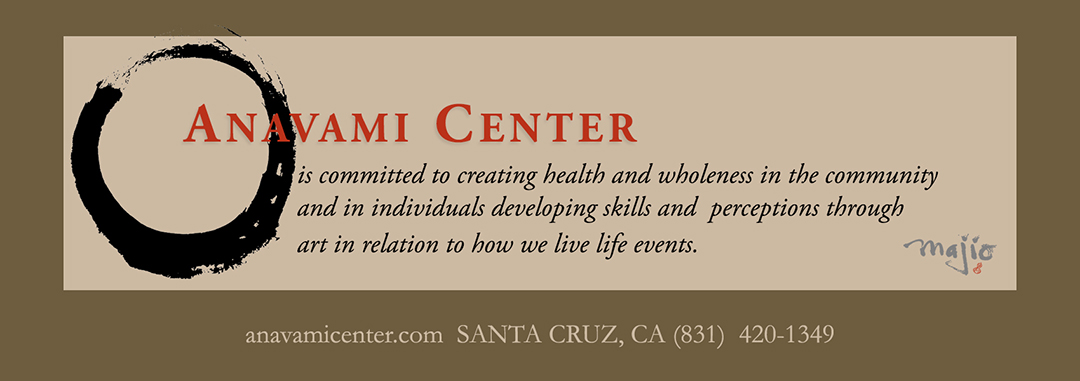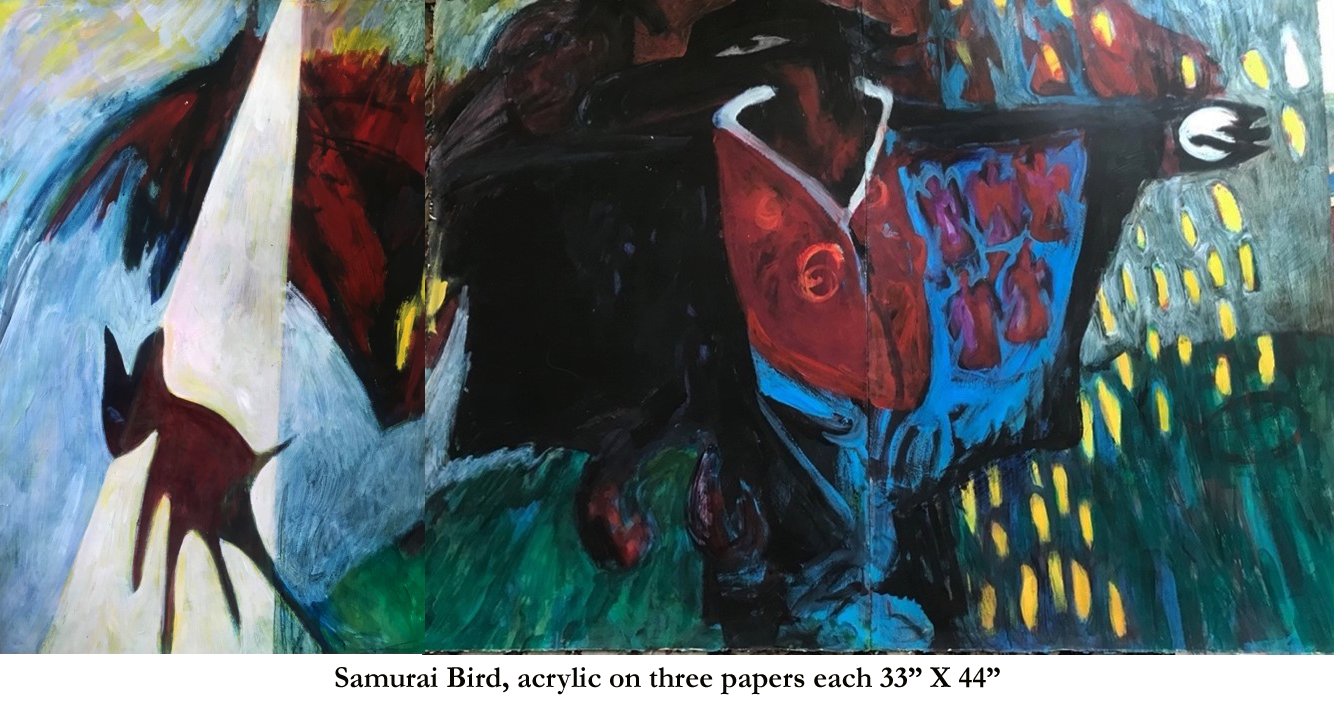
Late one night in Kyoto at a public bath in the entertainment area of Gion, in a beautiful old bathhouse a wall was constructed down the middle, compliments of American occupying troops, to separate the men from the women. Some women must have recognized the voices of the local yakusa as they shout for them to come over to our side. After much taunting and conversation back and forth a couple of young gangsters came over in loincloths to display their ear-to-toe tattoos. Even the older women clapped and hooted in delight.
Japanese gangsters represent the underbelly of an ancient structure where exhibiting bravado with a particular flavor identifies oneself. This ruthlessness is juxtaposed to the practice of traditional tea ceremonies where brush calligraphy and even sword work are said to embody the same principles. Today, arising from the warrior’s code, suicide can be considered a morally responsible decision. There is an archaic stance that can for a moment flash in a small boy, a shopkeeper, a policeman, or even an animal.
In this three-paneled painting, the bushido bravado that is ever present in Japan yet mostly invisible takes the shape of a raven opening his wings to expose amulets of power. The four-legged red creature is highlighted from outside the frame— young, innocent, and vulnerable. This creature has appeared in my painting for decades taking on various guises. This time a catalyst to the underbelly of the Raven-warrior.
